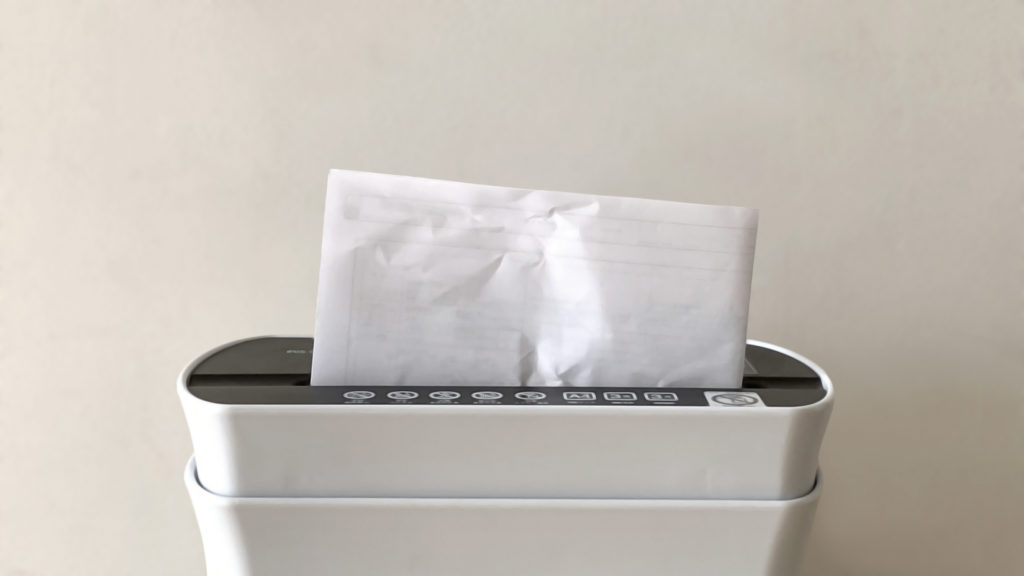Sail Smoothly Through Those Saving or Shredding Decisions
May 5, 2017
With that sigh of relief that the deadline to file your tax return—or request an extension—has passed, you may also desire to purge some prior year documents such as receipts, canceled checks, and bank and brokerage statements. Follow these general retention tips for individuals and businesses as you head toward the blue skies of summer.
CRI's Record Retention Schedule details guidelines for specific documents.
Individual Retention Guidelines
You should typically retain records supporting items shown on your individual tax return until the statute of limitations runs out—generally three years from the return due date or filing date, whichever is later.
The general three-year statute of limitations period also applies to filing an amended return on Form 1040X if you missed a deduction, overlooked a credit, or misreported income.
The statute of limitations extends beyond three years in a few exceptions, such as:
- If you understate your gross income by more than 25%, the limitations period jumps to six years.
- No statute of limitations applies if you fail to file a tax return or file a fraudulent one.
Business Retention Guidelines
If you own a small business, these record retention guidelines differ slightly from those for individual tax purposes. We recommend keeping employee records for seven years after an employee termination. Additionally, maintaining records that support employee earnings for at least four years should cover various state and federal requirements.
If your business engages in interstate commerce and is subject to the Fair Labor Standards Act, then timecards specifically must be retained for at least three years. Note: It’s a best practice for all businesses to keep these files for several years in case questions arise.
Consider Cleaning Your Deck by Digitizing Your Records
You can store tax records electronically—with a system that meets IRS standards. For example, your system must provide reasonable controls to ensure its integrity, accuracy, and reliability—as well as detect and prevent tampering.
Additionally, a retrieval system should include:
- An indexing system.
- Inspection and quality assurance measures.
- The capability to reproduce legible hard copies.
You can retain needed documents by scanning the originals and storing them on an external hard drive or utilizing an online system (which typically has the added benefit of fewer space constraints).
When in Doubt, Don’t Abandon Ship!
It’s easy to accumulate a mountain of paperwork from years’ worth of tax and financial records. The good news is that guidelines are available on what you should keep and discard. If you’re still unsure whether you should retain a document, a good rule of thumb is to hold on to it for at least six years or, for property, at least three years after the tax return reporting its disposition is due or filed. Contact CRI’s tax professionals with any questions you may have, and we’ll find your best course together.





















































































































































































































































































































































































































































































































